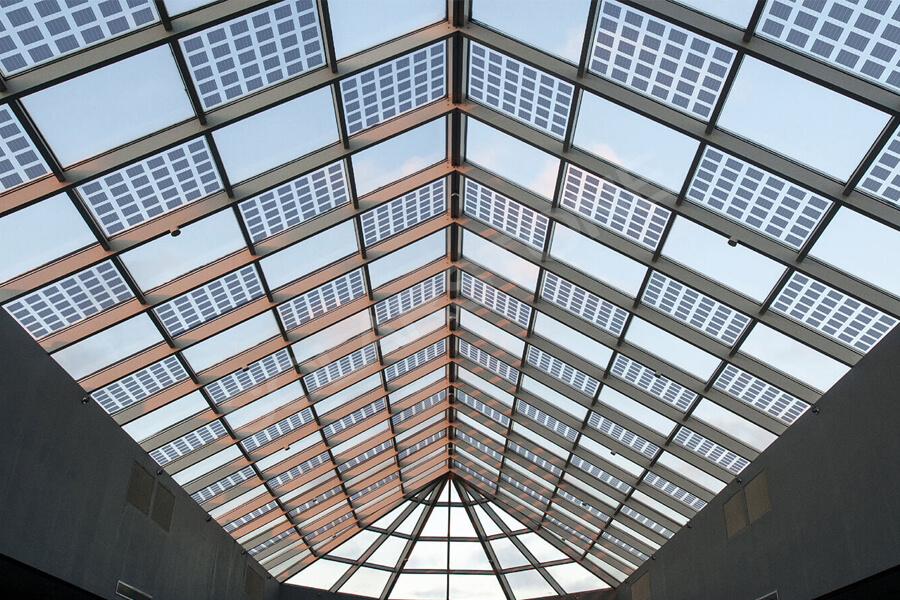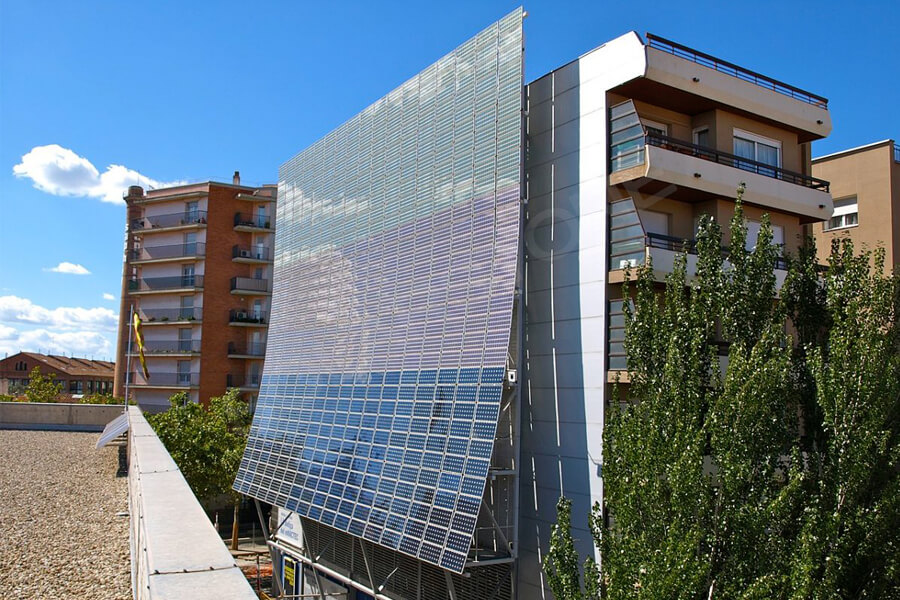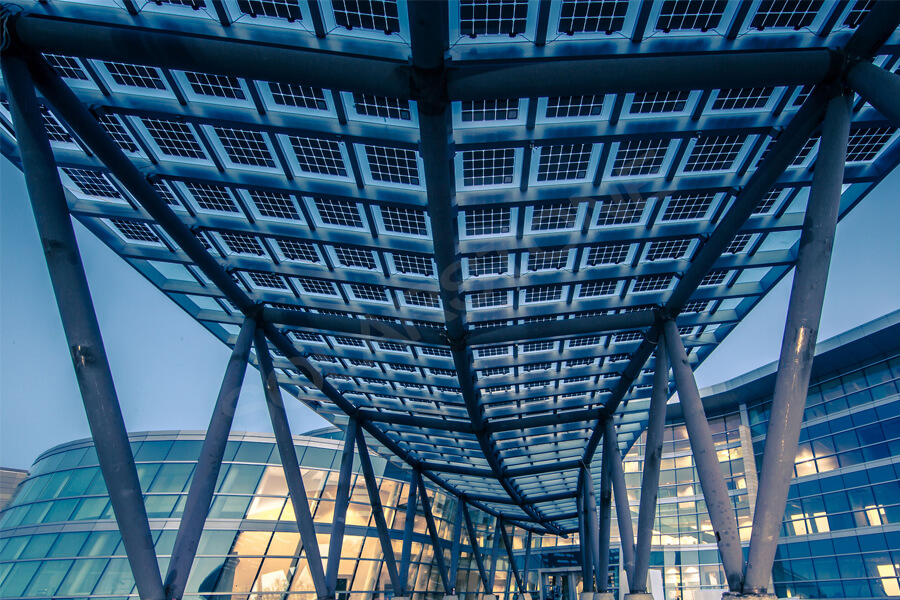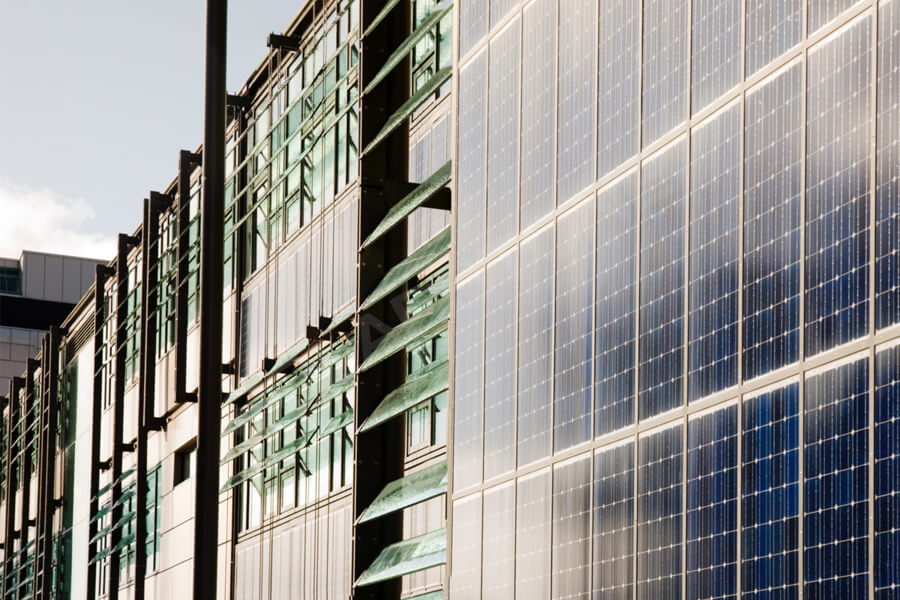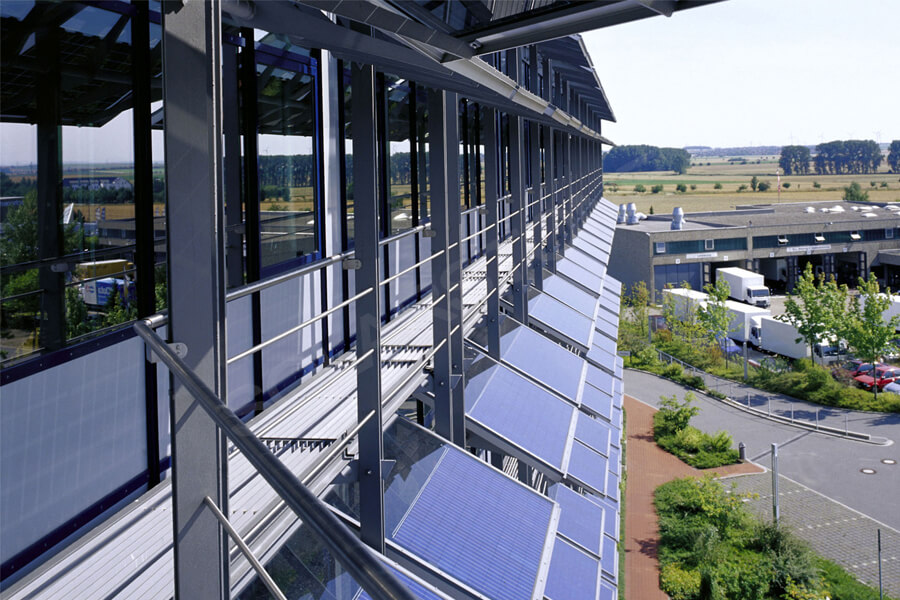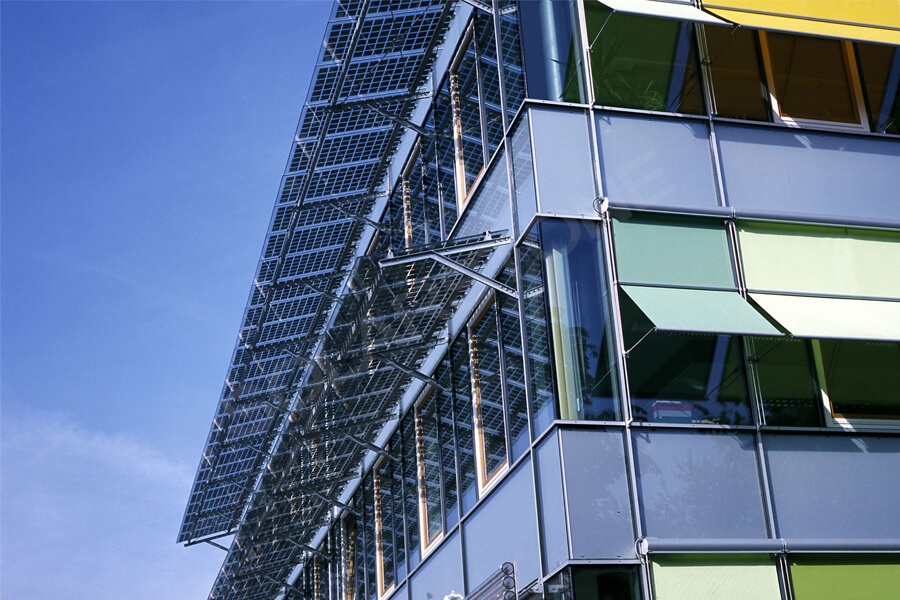With the shift towards sustainable living, businesses, investors, and governments are searching for the most abundant energy sources to effectively achieve this. Photovoltaic Building Integration (BIPV) is becoming one of the popular sources of solar energy in the world.
What is BIPV?
BIPV represents building integration (mainly building envelope structures) photovoltaic, which replaces traditional building materials such as glass, wall panels, roofs, and facades with solar integrated materials.
This solution is not as common as traditional materials, but has enormous potential. The construction industry lacks the customization and flexibility of traditional solar energy solutions, while BIPV materials provide multiple choices and design opportunities.
Photovoltaic components are an indispensable part of buildings, serving as external walls. Therefore, as a dual purpose module, it is an important component of the building skin, which can simultaneously convert solar energy into electrical energy and provide insulation, noise, and weather mitigation functions for the building envelope, as well as more possibilities.
BIPV systems can be installed during the construction phase of buildings or during the renovation of existing buildings. Customization options allow integration to be applied in multiple possible ways, such as through solar windows, solar facades, and solar roofs.
For example, many companies use photovoltaic technology to manufacture solar glass, which can be used for fixed windows, perforated windows, curtain walls, etc.
In my opinion, the problem with BIPV solutions is not the efficiency or effectiveness of components, but rather their occasional use, as many business owners are not familiar with this option and are limited to legacy solutions.
The reason is that it has only recently entered the industry. This is a relatively new service, and many companies and builders are not aware of its potential.
The main challenge facing the market is the high cost of this multifunctional system. Most people believe that BIPV is an expensive exclusive club choice, but in recent years, it has changed to the point where people compare BIPV with traditional glass, brick, or wall panel materials. The increase in interest due to its functions has led to a decline in PV market prices and become more stable.
What is the next step in BIPV?
In my opinion, BIPV is the next stage of the solar energy market. BIPV has considerable market potential. The current construction industry is developing towards high-rise buildings and modern skyscrapers, increasing the area suitable for inclusion in BIPV.
In addition, technological advancements in energy efficiency and transparency of solar materials allow for the wider adoption of BIPV solutions.
However, the construction industry needs to expand this innovative solution and challenge traditional materials by proving its efficiency and effectiveness in the market. Business owners are also promoting innovation and functional materials.
Although BIPV generates clean energy during the day and can store the energy generated by sunlight at night, the diverse use of BIPV systems has also opened many new doors for architects and architects to improve the visual appearance of any building.
In terms of construction opportunities, structural BIPV can replace concrete load-bearing walls, which means that materials similar to concrete can generate electricity.
In addition, building owners can benefit from reduced utility costs and establish a positive image by maintaining green and sustainable development.
The utilization of solar energy has opened up a broader window, providing new market opportunities for solar energy manufacturers and the building envelope industry. BIPV has enormous potential in the market as it aligns with modern architecture and sustainable design goals.


